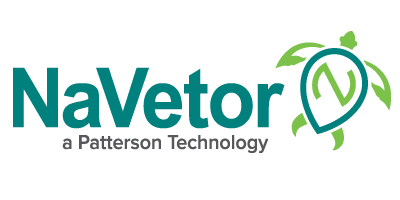The Basics
Assess Your Practice Needs
Start by identifying the essential features your next software must have. Your clinic likely requires streamlined appointment scheduling, billing, and electronic medical records. Beyond that, are you interested in newer offerings like built-in telemedicine, which can enhance your ability to provide remote care, or mobile apps, which can increase your productivity? Listing these must-have features will help you narrow down your options quickly.
Assess Your Budget
Knowing how much you can spend is crucial. Whether it’s a one-time payment for server software or monthly cloud subscription fees, make sure you account for all initial setup costs, including new hardware if needed. Some vendors offer different pricing tiers, so understand what’s included and what might require additional investment.
Assess Your Need for Scalability
Your practice will grow and evolve over the next few years—what features are you likely to need in the future? Ask vendors how their system can scale as your practice expands.
Features and Workflow
Ease of Use
Veterinary software should make your job easier, not harder. The system you choose should be intuitive and simple to learn, allowing your staff to navigate it without frustration. If it feels clunky or slow during a demo, it will likely cause delays and inefficiencies in real-life scenarios.
Integration Capabilities
Which integrations will your practice need? For example, if you rely on certain tools for client communication or labs, ensure that the new platform can integrate seamlessly. Expanding efficiency by connecting existing and new tools should be a top priority.
Mobile Accessibility
In today’s fast-paced world, mobile access is essential. Whether you’re in the clinic or working remotely, the ability to pull up patient records or schedule appointments from your phone or tablet can improve efficiency. Determine what kind of mobility you need, whether just mobile compatible or via dedicated apps. (NaVetor comes with two mobile apps – one for your practice and one for your clients.)
Customization Options
Every clinic is different, and your software should reflect your unique needs. What kind of customization will you need to accommodate your ideal workflow? Consider things like templates, treatment plans, and staff role interfaces. This flexibility can save time and streamline processes in the long run.
Reporting and Analytics
Access to data-driven insights can significantly improve your clinic’s performance. Which reports do you use most often to gauge practice health? Those should be easy to get to and easy to understand. It’s also helpful to be able to build queries for custom reports and then save those queries so you can pull the updated reports quickly and easily, again and again.
Support and Training
When issues arise, will you have access to timely and reliable customer support? Investigate whether live phone support is available or if the vendor requires ticket submissions and waiting periods. Find out if support services are included or if they come with additional costs. Having quick and efficient access to help can save your clinic valuable time during critical moments.
Another important factor is the training provided by the vendor. Does the software include training resources, and are they ongoing? Whether it’s through live sessions, role-based tutorials, or a comprehensive knowledge base, consistent training options will ensure your staff stays up to speed on the latest updates and best practices.
Next Steps
Once you’ve generated your list of must-haves, nice-to-haves, and problems to fix, you’re ready to start reviewing software options and requesting demos. Start with a resource like Capterra which lists some of the most popular software platforms. Narrow down to your top five to seven selections and schedule your demos. You’re prepared!

